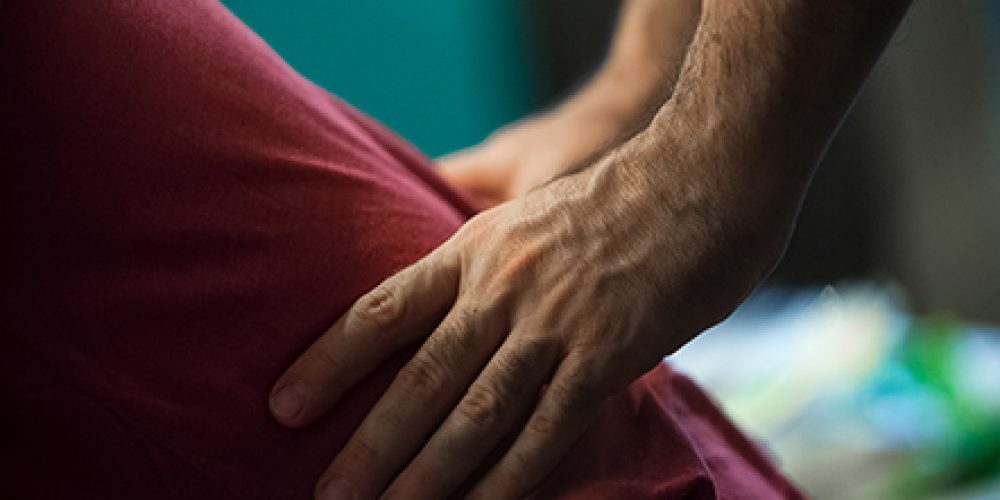‘Sitting is the new smoking’ is the phrase on the lips of a generation of worried office employees
Barely a week seems to pass without a warning that our sedentary lifestyles are causing potential dangers to our physical health. Whether you spend your day sat at a computer screen or a TV screen (or both), the chances are that you are raising your risk of type 2 diabetes, cardiovascular disease and cancer. Part of the problem is that today’s lifestyles are not as consistently active as those of generations gone by. Link
Research
A randomized between-groups design was used to evaluate massage therapy versus relaxation therapy effects on chronic low back pain. Treatment effects were evaluated for reducing pain, depression, anxiety and sleep disturbances, for improving trunk range of motion (ROM) and for reducing job absenteeism and increasing job productivity.
Thirty adults (M age=41 years) with low back pain with a duration of at least 6 months participated in the study. The groups did not differ on age, socioeconomic status, ethnicity or gender. Sessions were 30min long twice a week for 5 weeks. On the first and last day of the 5-week study participants completed questionnaires and were assessed for ROM.
By the end of the study, the massage therapy group reported experiencing:
- less pain, depression, anxiety and sleep disturbance
- improved trunk and pain flexion performance
(Field, T., Hernandez-Reif, M., Diego, M., & Fraser, M. (2007). Lower back pain and sleep disturbance are reduced following massage therapy. Journal of Bodywork and Movement Therapy, 11, 141-145.)
Massage therapy was compared to relaxation for chronic low back pain. By the end of the study, the massage therapy group reported:
- less pain, depression and anxiety and improved sleep
- improved trunk and pain flexion performance, and
- their serotonin and dopamine levels were higher
Another efficient and natural way to support the benefits of massage is through nutrition and when referring to that, turmeric stands out since it reduces chronic inflammation, arthritis and joint pain.
(Hernandez-Reif, M., Field, T., Krasnegor, J., & Theakston, H. (2001). Lower back pain is reduced and range of motion increased after massage therapy. International Journal of Neuroscience, 106, 131-145.)
According to the National Institute of Neurological Disorders and Stroke, “Americans spend at least $50 billion each year on low back pain, the most common cause of job-related disability and a leading contributor to missed work. Back pain is the second most common neurological ailment in the United States.”
Research has shown that massage can:
- decrease low back pain
- decrease disability associated with low back pain
- demonstrates decreased pain and disability over time
- decrease anxiety/depression associated with low back pain


